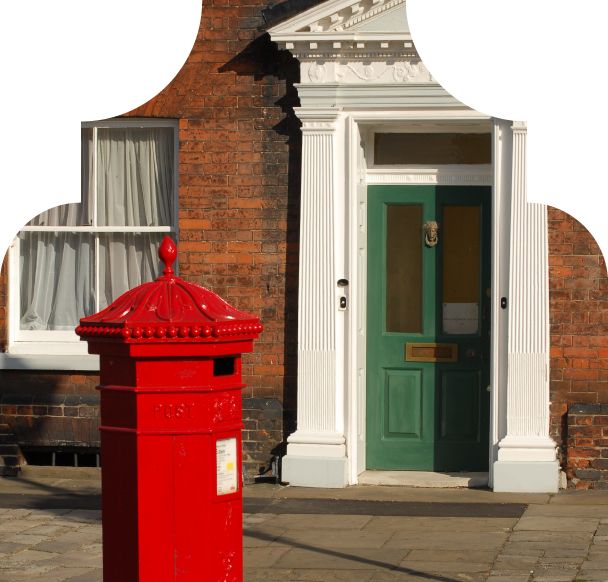Historic Buildings & Places was founded as the Ancient Monuments Society (AMS) in 1924 by architect John Swarbrick. From its earliest days the Society had a broad scope of interest.
The Society was founded in Manchester and its early endeavours focused on the north-west of England, but it gradually branched out to take on a wider focus, including the historic environment in Wales. In 1968 the Society became a formal consultee in its role as a National Amenity Society.
Whether the ancient monument is a Roman camp, a Queen Anne house, or a neo-classical building of the early nineteenth century, they have all had their part in the history of this country, and, preserved, they all tend to diversify the monotony of modern life, and ought at all costs to be saved.
Professor Thomas Frederick Tout

Why 'Ancient Monuments Society'?
Throughout its history, the Society has taken a broad interest in heritage, as demonstrated by the range of casework it continues to review and comment on. Following the adoption of the 1979 Ancient Monuments and Archaeological Areas Act, the name Ancient Monuments Society ceased to describe what the Society does on a day-to-day basis. In October 2021 Trustees of the Society decided to adopt ‘Historic Buildings & Places’ as the working name of the organisation, along with a new Mission, Vision & Values, to add greater clarity.
